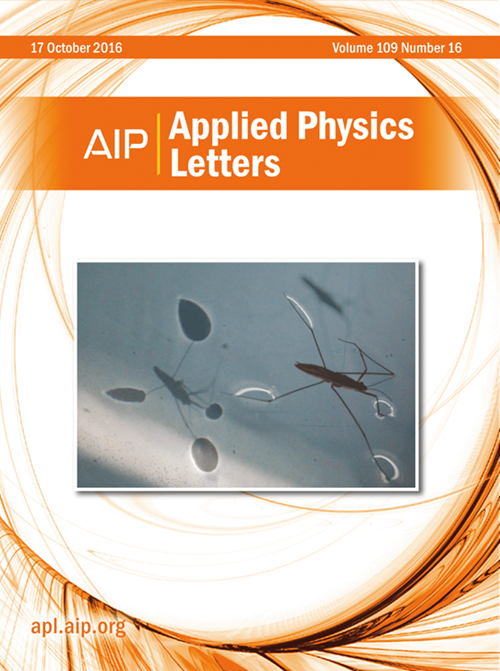Synergic passivation of the interface between TiO2 and perovskite by multifunctional small molecules
IF 3.5
2区 物理与天体物理
Q2 PHYSICS, APPLIED
引用次数: 0
Abstract
Titanium dioxide (TiO2) is widely employed as an electron transport layer in perovskite solar cells due to its low manufacturing cost and favorable energy-level alignment. However, the suboptimal quality of TiO2 films and the presence of multiple defects at the TiO2/perovskite interface, such as uncoordinated Pb2+ and oxygen vacancy defects, significantly compromise both device efficiency and stability. This study proposes a synergistic passivation strategy through the introduction of an acetylamino-functionalized interlayer between the perovskite and TiO2. The acetylamino groups within the passivation layer establish strong interactions with uncoordinated Pb2+ in the perovskite, thereby enhancing interface stability. Acetylamino groups can also interact with the TiO2 layer by bonding with Ti4+ and reducing oxygen vacancy defects, thereby enhancing the electron transport potential of the TiO2 layer. The enhanced hydrophobicity of the TiO2 film, induced by the passivation layer, further promotes perovskite crystallization by minimizing surface tension effects during film growth. Therefore, the device efficiency significantly increased from 16.49% to 19.26%. The lifetime of the unencapsulated device was evaluated under environmental conditions (relative humidity: 30% ± 5%, temperature: 25 ± 5 °C). The efficiency of the unmodified device decreased to 75.3% after 800 h, whereas the modified device maintained 90.1% of its initial efficiency, demonstrating higher stability.求助全文
约1分钟内获得全文
求助全文
来源期刊

Applied Physics Letters
物理-物理:应用
CiteScore
6.40
自引率
10.00%
发文量
1821
审稿时长
1.6 months
期刊介绍:
Applied Physics Letters (APL) features concise, up-to-date reports on significant new findings in applied physics. Emphasizing rapid dissemination of key data and new physical insights, APL offers prompt publication of new experimental and theoretical papers reporting applications of physics phenomena to all branches of science, engineering, and modern technology.
In addition to regular articles, the journal also publishes invited Fast Track, Perspectives, and in-depth Editorials which report on cutting-edge areas in applied physics.
APL Perspectives are forward-looking invited letters which highlight recent developments or discoveries. Emphasis is placed on very recent developments, potentially disruptive technologies, open questions and possible solutions. They also include a mini-roadmap detailing where the community should direct efforts in order for the phenomena to be viable for application and the challenges associated with meeting that performance threshold. Perspectives are characterized by personal viewpoints and opinions of recognized experts in the field.
Fast Track articles are invited original research articles that report results that are particularly novel and important or provide a significant advancement in an emerging field. Because of the urgency and scientific importance of the work, the peer review process is accelerated. If, during the review process, it becomes apparent that the paper does not meet the Fast Track criterion, it is returned to a normal track.
 求助内容:
求助内容: 应助结果提醒方式:
应助结果提醒方式:


